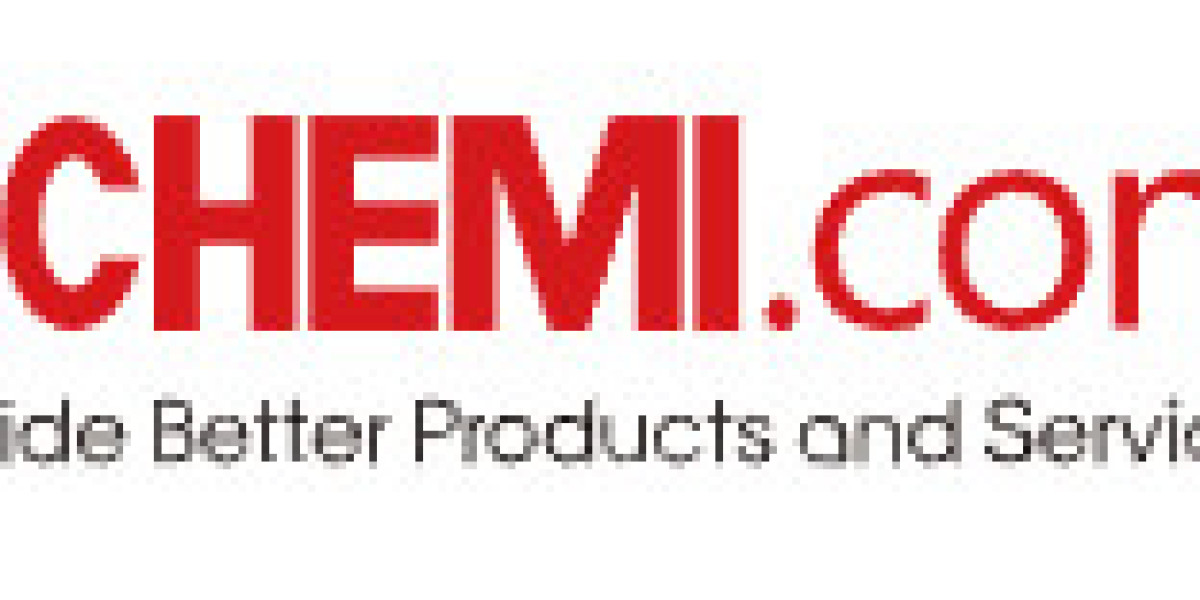Chemical hazard communication plays a crucial role in supply chains to ensure the safe handling, storage, and transportation of hazardous chemicals. Effective communication of chemical hazards is essential for protecting workers, communities, and the environment from potential risks. It involves the dissemination of accurate and comprehensive information about the properties, hazards, and safe handling practices of chemicals throughout the supply chain. Here are some key aspects related to chemical hazard communication in supply chains:
Safety data sheets (SDS): Safety data sheets are important documents that provide detailed information about the hazards of chemicals. They include information on chemical composition, physical and chemical properties, health and environmental hazards, safe handling procedures, and emergency response measures. SDSs serve as a primary source of information for workers, transporters, and end-users, enabling them to understand the potential risks associated with chemicals and take appropriate safety precautions.
Labels and warning symbols: Chemical containers and packaging should be properly labeled with clear and standardized warning symbols and labels. These labels provide visual cues about the hazards associated with the chemicals, including information on flammability, toxicity, corrosiveness, and environmental impact. Standardized warning symbols, such as those defined by the Globally Harmonized System of Classification and Labelling of Chemicals (GHS), ensure consistency in hazard communication across international borders.
Chemical inventory management: Effective hazard communication requires accurate and up-to-date chemical inventory management. Supply chain stakeholders should maintain comprehensive records of the chemicals present in their facilities, including their quantities, locations, and associated hazards. This information allows for efficient emergency response planning, risk assessment, and the implementation of appropriate control measures.
Training and education: Supply chain workers involved in handling or working with hazardous chemicals should receive proper training and education on chemical hazards and safe handling practices. Training programs should cover topics such as chemical identification, hazard recognition, proper use of personal protective equipment (PPE), emergency response procedures, and the interpretation of safety data sheets. By ensuring that workers are well-informed and trained, the risk of accidents and incidents can be minimized.
Supplier communication: Chemical hazard communication also involves effective communication between suppliers and downstream users. Suppliers should provide comprehensive information about the hazards and safe handling practices of the chemicals they supply. This includes sharing updated SDSs, labels, and any relevant changes in chemical composition or hazards. Downstream users, in turn, should communicate their specific requirements and feedback to suppliers, fostering a collaborative approach to chemical hazard management.
Regulatory compliance: Compliance with relevant regulations and standards is essential for effective chemical hazard communication in supply chains. Different countries and regions may have specific requirements for labeling, SDS content, and hazard communication practices. Supply chain stakeholders should stay updated on the applicable regulations and ensure that their hazard communication practices align with the requirements to maintain regulatory compliance.
Continuous improvement and feedback: Chemical hazard communication in supply chains should be an ongoing process of continuous improvement. Supply chain stakeholders should encourage feedback, evaluate their hazard communication practices, and identify areas for improvement. This may involve conducting audits, reviewing incident reports, and actively seeking input from workers and other stakeholders to enhance the effectiveness of hazard communication measures.
In conclusion, effective chemical hazard communication in supply chains is crucial for ensuring the safe handling and management of hazardous chemicals. Through the use of safety data sheets, labels and warning symbols, proper inventory management, training and education, supplier communication, regulatory compliance, and continuous improvement, supply chain stakeholders can mitigate risks and protect workers, communities, and the environment from potential chemical hazards.















